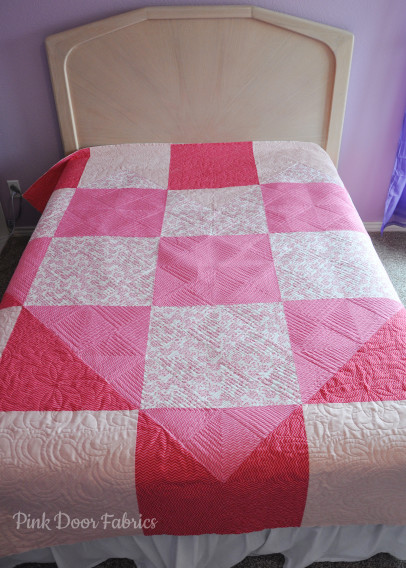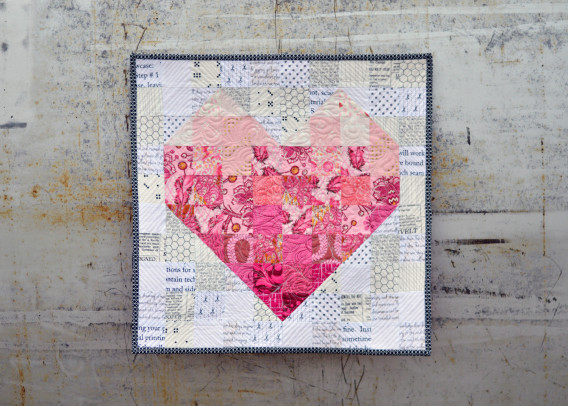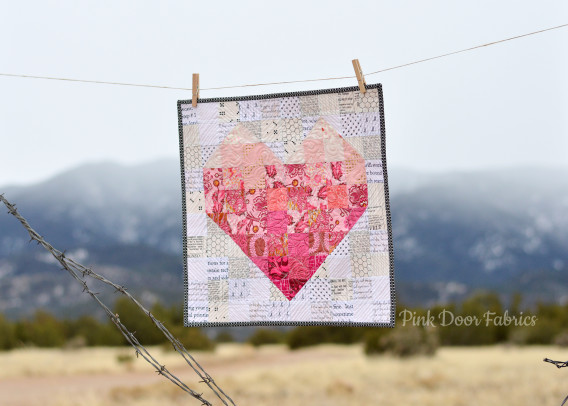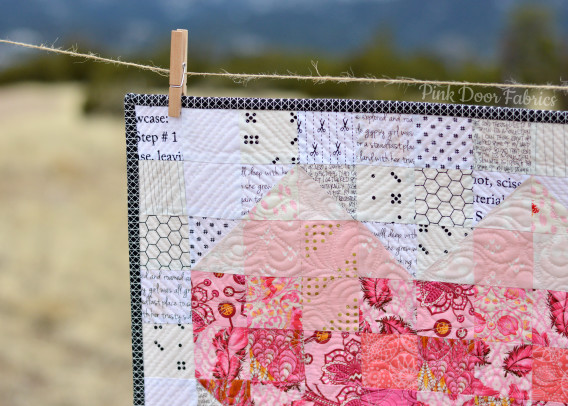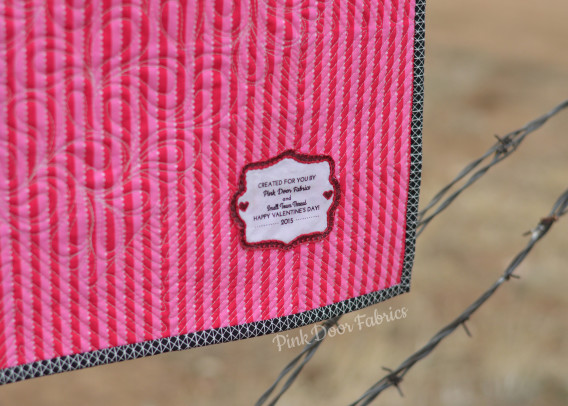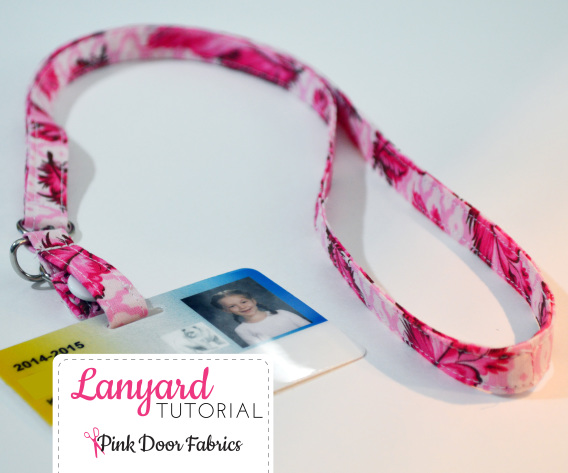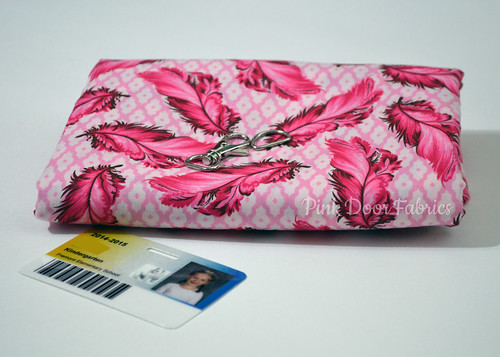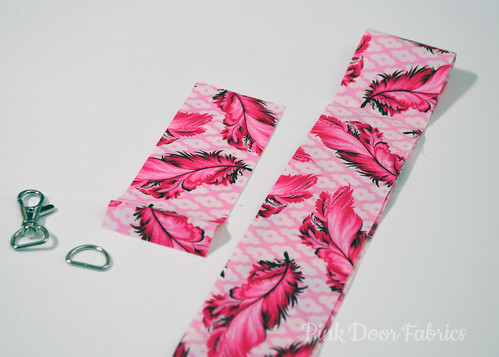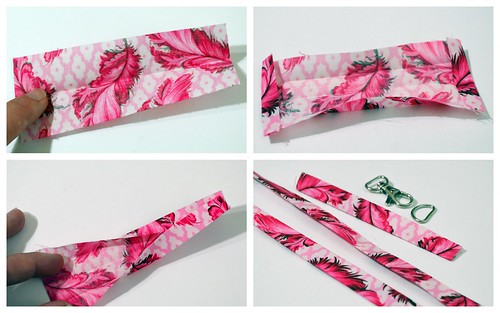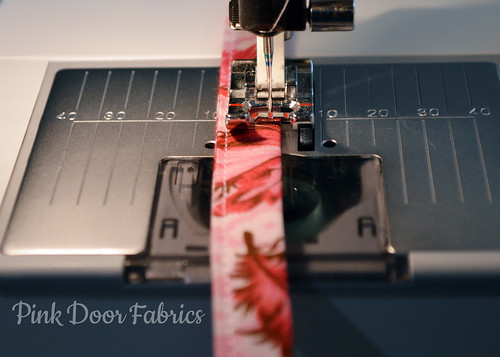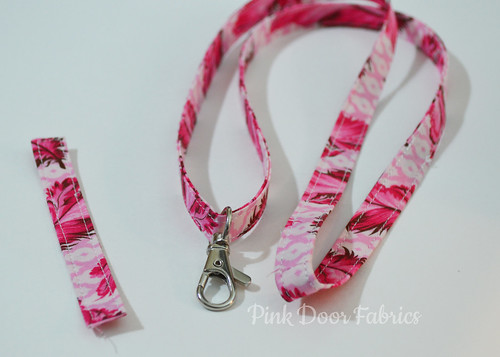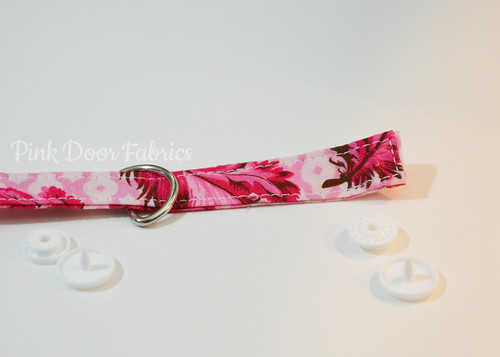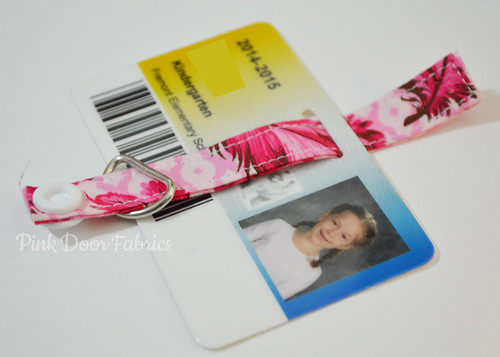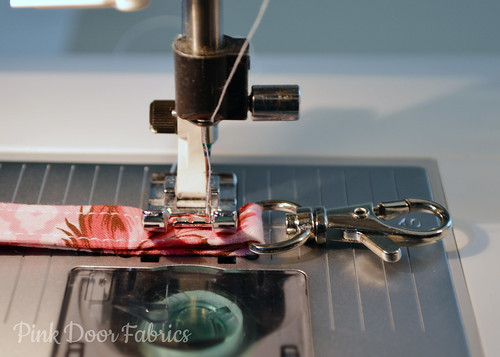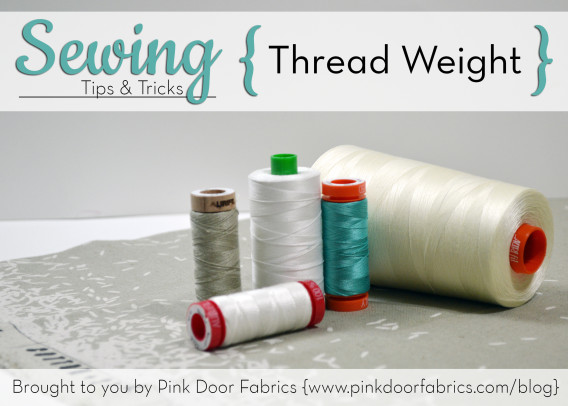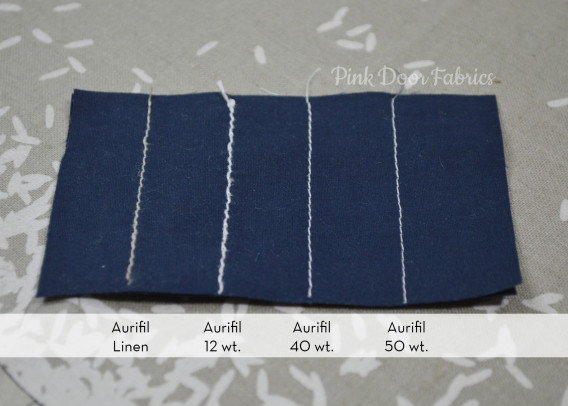Hello! Yes, it’s been a while, but that’s only because we’ve been working behind the scenes to create a pattern to share with you all! Exciting, right? We worked with Amy Wade (our awesome long-armer) from the Denver Metro Modern Quilt Guild to create this pattern. Well actually, she did all the hard work. We just made it pretty. 😉 The bed size quilt measures 95″ square, perfect for your queen size bed or smaller, and with such big blocks, this quilt goes together SO FAST! Can we take a minute to just appreciate the stunning quilting Amy did on this Valentine quilt? It’s so beautiful! I love how she did straight line inside the heart and fun free motion outside of the heart! It’s PERFECT!
And now, introducing our very first FREE pattern for our fans! Please welcome, Valentine’s!
With Valentine’s Day just around the corner, we thought it would be nice to have a quick and easy mini-quilt to go along with the full pattern! Both quilts use the same exact pattern, just different fabrics and composition. It’s a great pattern for flexibility and if you change up the block size, it could be great for bee groups as well!
The mini quilt measures 30″ square in the pattern, but I made mine 20″ square. It’s pretty easy to resize however you’d like to make any size you need. As mentioned, I used the exact same pattern as Amy, but I opted for small low volume squares in the background as opposed to the checkerboard squares and then I cut into my Tula (GASP!) for the heart. You can have a chance to win this mini quilt (GO NOW!) over on Instagram. You’ll definitely want to participate in this one!
So there you have it! Our first FREE pattern for you! You can find the large size here and the mini size here. Have fun with it! Tag us on Instagram so we can find your quilts and show off what you’ve made! Thanks for supporting us in the past, present, and future. We are eternally grateful!








